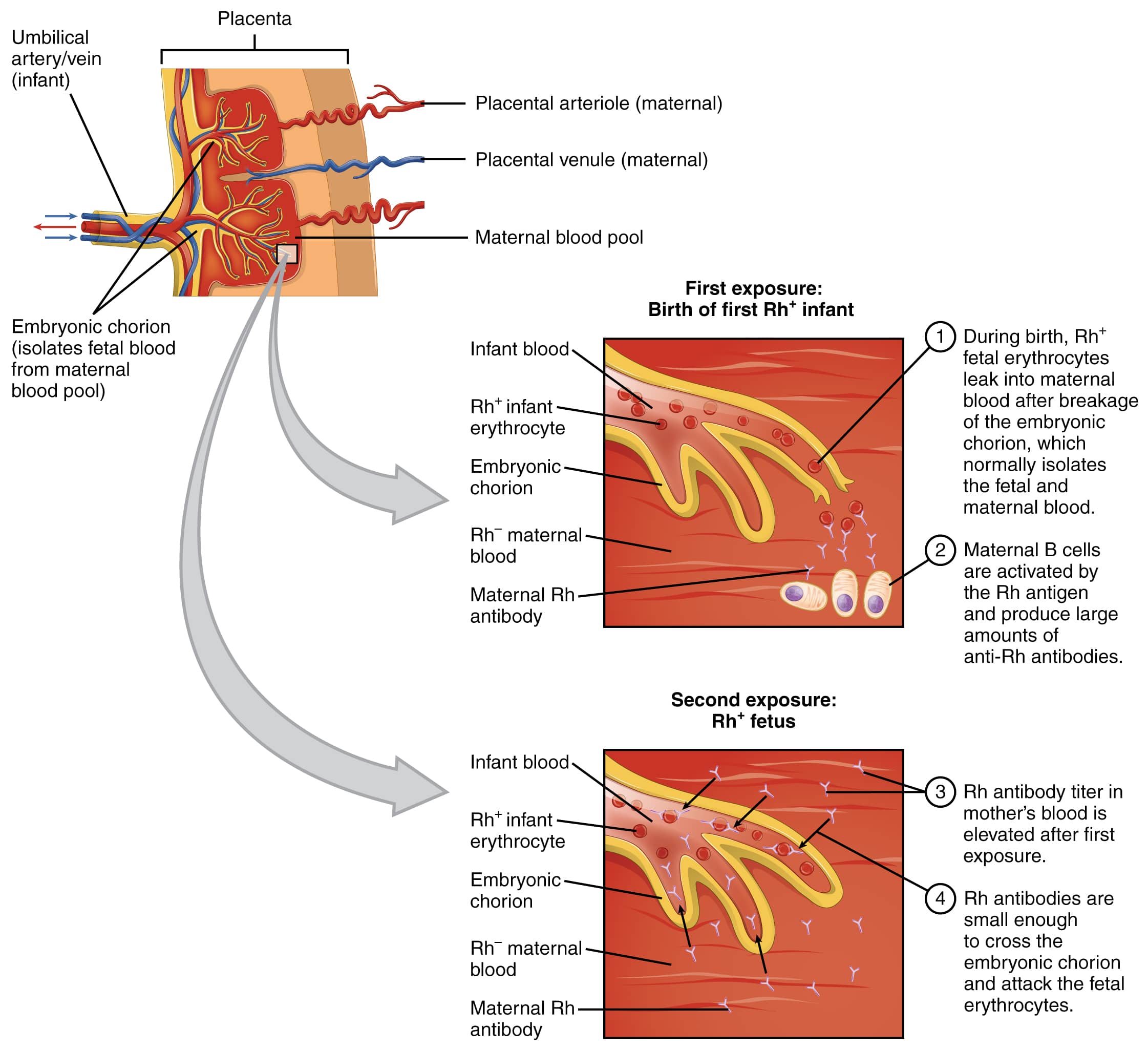
Types Of Blood Products. Many attempts have been made to develop blood substitutes using inert chemicals eg perfluorocarbons or hb solutions to carry and deliver oxygen to tissues. Although these hb substitutes had promising ability to deliver oxygen to tissues during an. Red blood cells are involved in more blood transfusions than any other part of the blood. There are four major blood groups determined by the presence or absence of two antigens a and b on the surface of red blood cells.

The most common type is. Blood blood is considered as river of life fluid of life growth health average human has 5 litres of blood i e 8 of total body weight it is a transporting fluid it carries vital substances to all parts of the body 4. These are classified as blood components prepared in the blood transfusion centre red cells platelets fresh frozen plasma and cryoprecipitate or plasma derivatives manufactured from pooled plasma donations in plasma fractionation centres such as albumin coagulation factors and immunoglobulins. Also although many blood products have the effect of volume expansion the group is usually distinguished from volume expanders which generally refer to artificially produced substances and are. The role of fda is to drive that risk. Although these hb substitutes had promising ability to deliver oxygen to tissues during an.
Therefore zero risk may be unattainable.
And recipient donor pairs from homogenous populations 29 gamma irradiation of blood products keeps the donor lymphocytes from proliferating and can. There are four major blood groups determined by the presence or absence of two antigens a and b on the surface of red blood cells. Irradiated blood products are used to prevent graft vs host disease in patients at risk. The most common type is. And recipient donor pairs from homogenous populations 29 gamma irradiation of blood products keeps the donor lymphocytes from proliferating and can. Blood products may also be called blood based products to differ from blood substitutes which generally refer to artificially produced products.